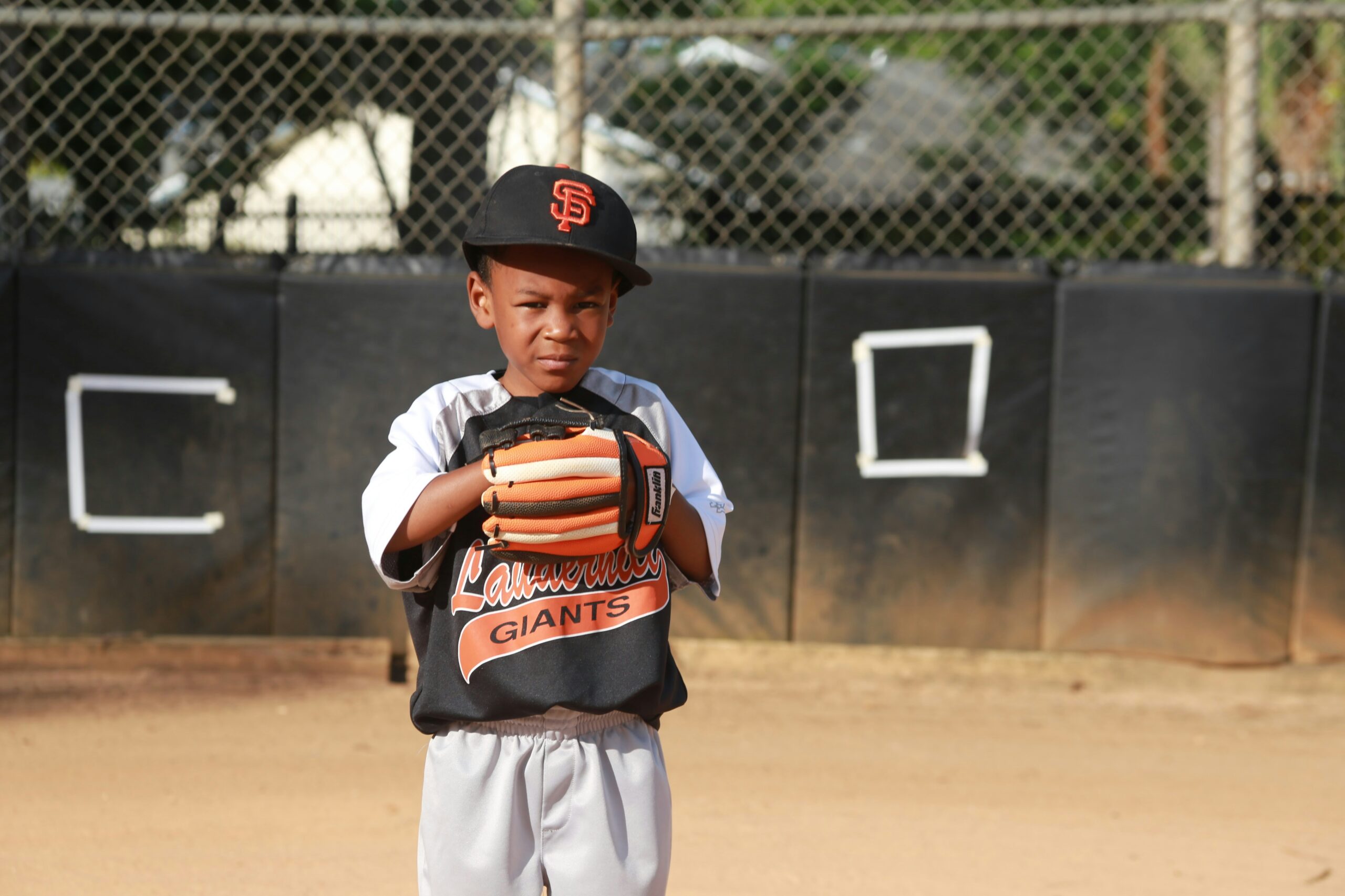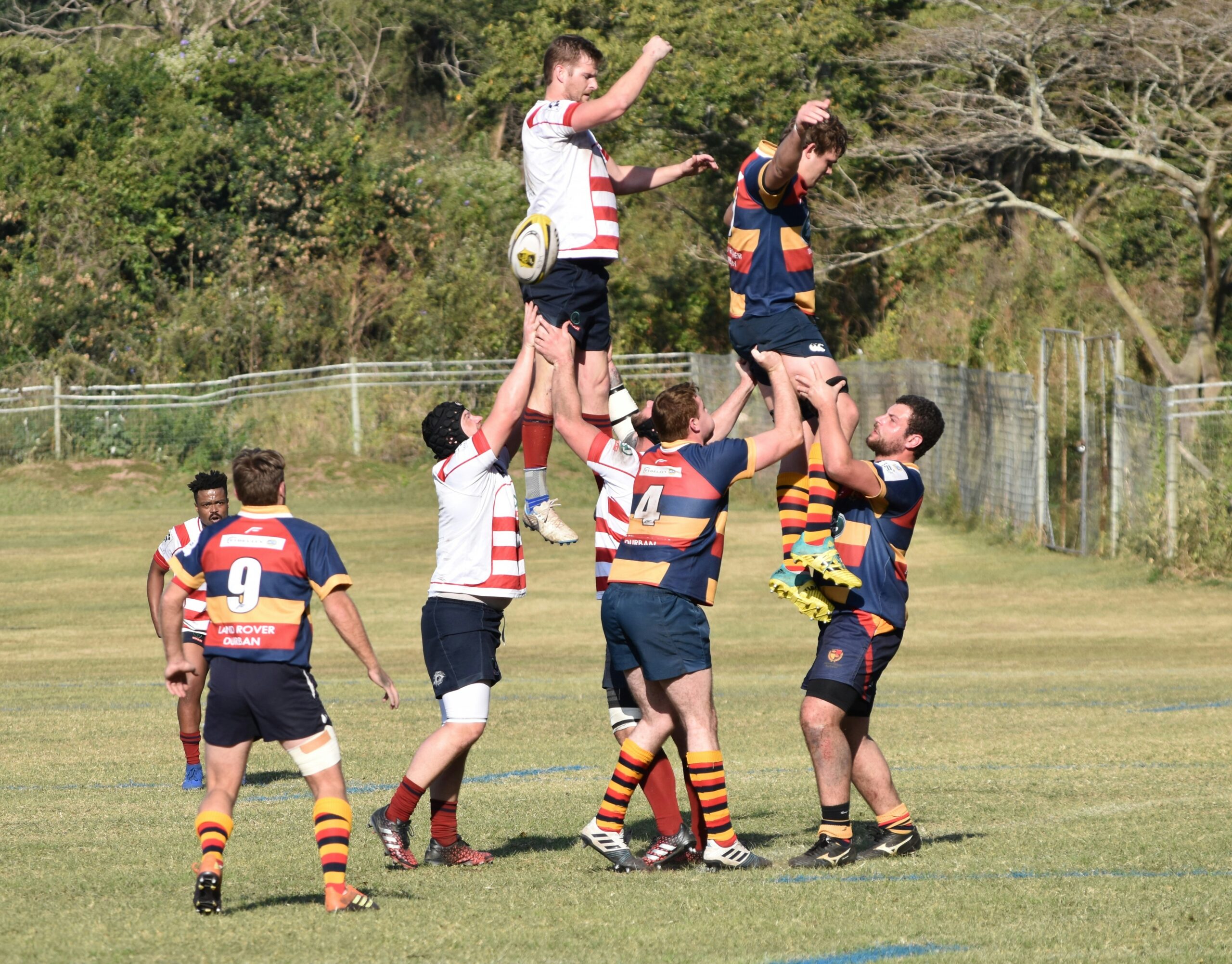Ethical Considerations in Sports Competition
Introduction
Sports competition, revered for its displays of skill, teamwork, and human achievement, is also a domain fraught with ethical challenges. Athletes, coaches, and governing bodies face dilemmas that range from fair play and integrity to the use of performance-enhancing substances. Understanding and addressing these ethical considerations is crucial for maintaining the spirit of sportsmanship and the integrity of competitive sports.
Fair Play and Sportsmanship
Fair play is the cornerstone of ethical sports competition. It embodies respect for rules, opponents, and officials, promoting integrity both on and off the field. Athletes are expected to compete within the rules and uphold the spirit of the game, which fosters a sense of sportsmanship. This includes honesty, respect, and graciousness in victory or defeat.
Case Study: Lance Armstrong
Lance Armstrong, a celebrated cyclist, faced allegations of doping throughout his career. Despite his numerous achievements, his use of banned substances tarnished his legacy and raised questions about fair play and the lengths athletes may go to for competitive advantage.
Performance-Enhancing Drugs
The use of performance-enhancing drugs (PEDs) poses significant ethical dilemmas in sports. While they may enhance performance, PEDs often violate the principles of fair play and endanger athletes’ health. Governing bodies like the World Anti-Doping Agency (WADA) enforce strict regulations to maintain fairness and protect the integrity of competition.
Quote: “The spirit of sport is the celebration of the human spirit, body, and mind.” – WADA Code
Equality and Inclusion
Equality and inclusion are vital ethical considerations in sports. Ensuring fair opportunities for all athletes, regardless of gender, race, or socioeconomic background, promotes diversity and equity in sports participation. Ethical guidelines aim to prevent discrimination and promote a level playing field for all competitors.
Case Study: Caster Semenya
Caster Semenya, a South African middle-distance runner, faced controversy regarding her eligibility to compete as a woman due to naturally high levels of testosterone. Her case sparked debates about fairness, gender identity, and the rights of athletes with intersex variations.
Integrity and Governance
Integrity in sports governance is crucial for maintaining public trust and confidence. Ethical governance involves transparency, accountability, and responsible decision-making by sports organizations and administrators. Scandals involving corruption, bribery, or unethical behavior undermine the credibility of sports institutions and the legitimacy of competition.
Quote: “Sports integrity goes beyond the field of play; it is about more than winning or losing.” – International Olympic Committee (IOC)
Conclusion
Ethical considerations in sports competition encompass a broad spectrum of issues, from fair play and doping to equality and governance. Upholding ethical standards not only preserves the integrity of sports but also promotes respect, fairness, and inclusivity within the sporting community. Addressing these challenges requires collaboration among athletes, coaches, officials, and governing bodies to ensure that sports remain a source of inspiration and pride for all.









